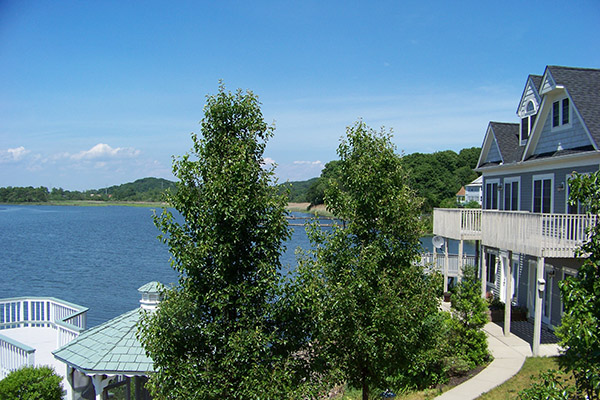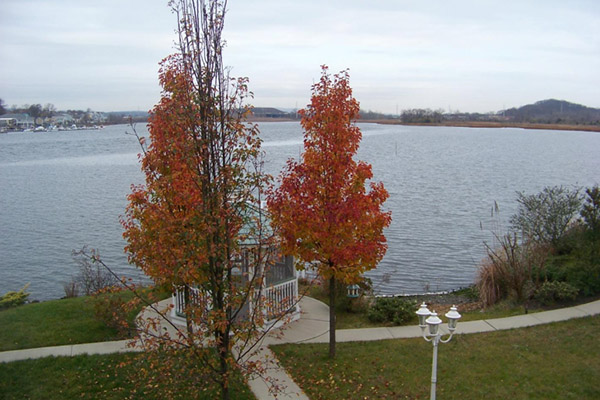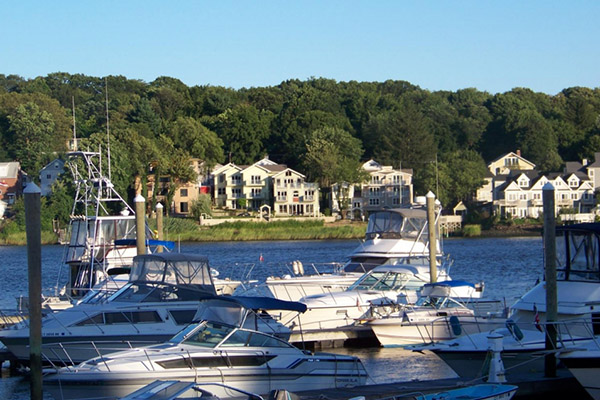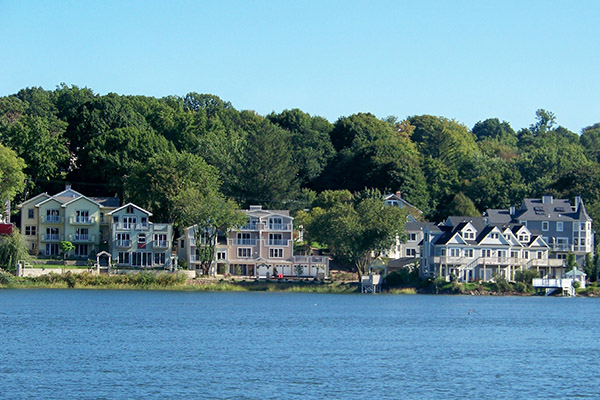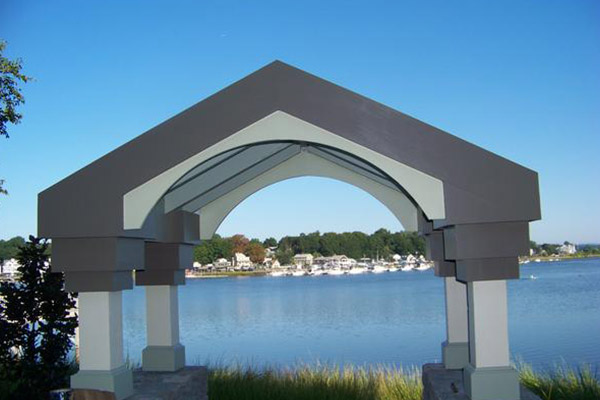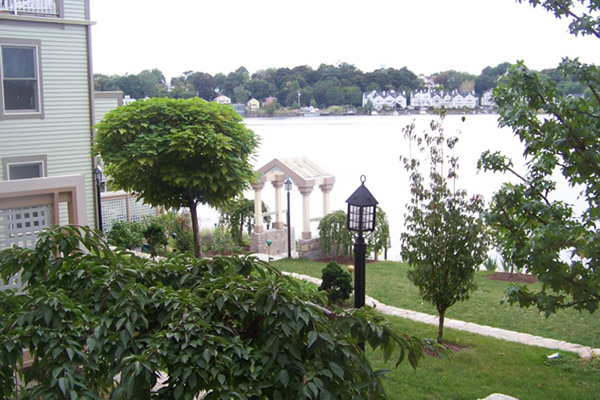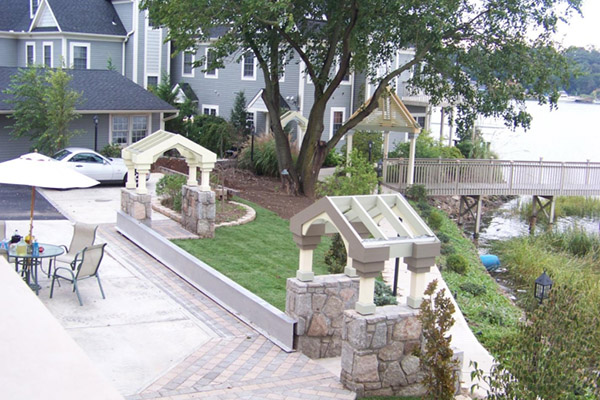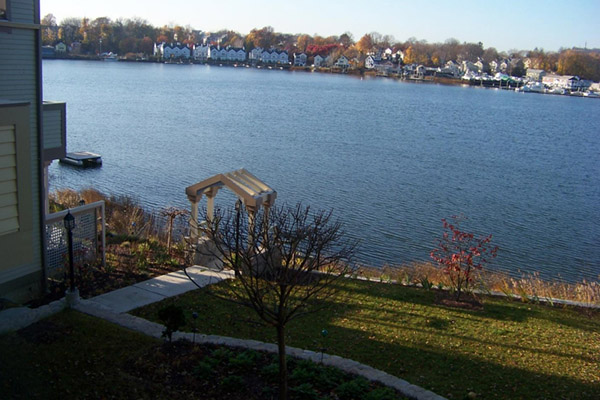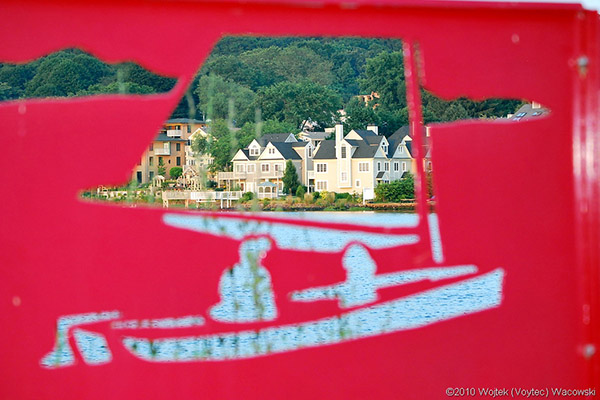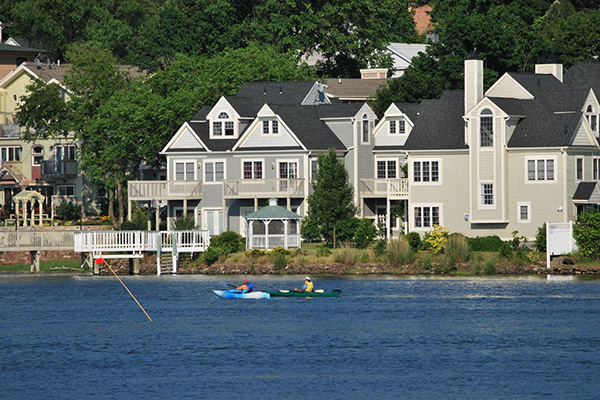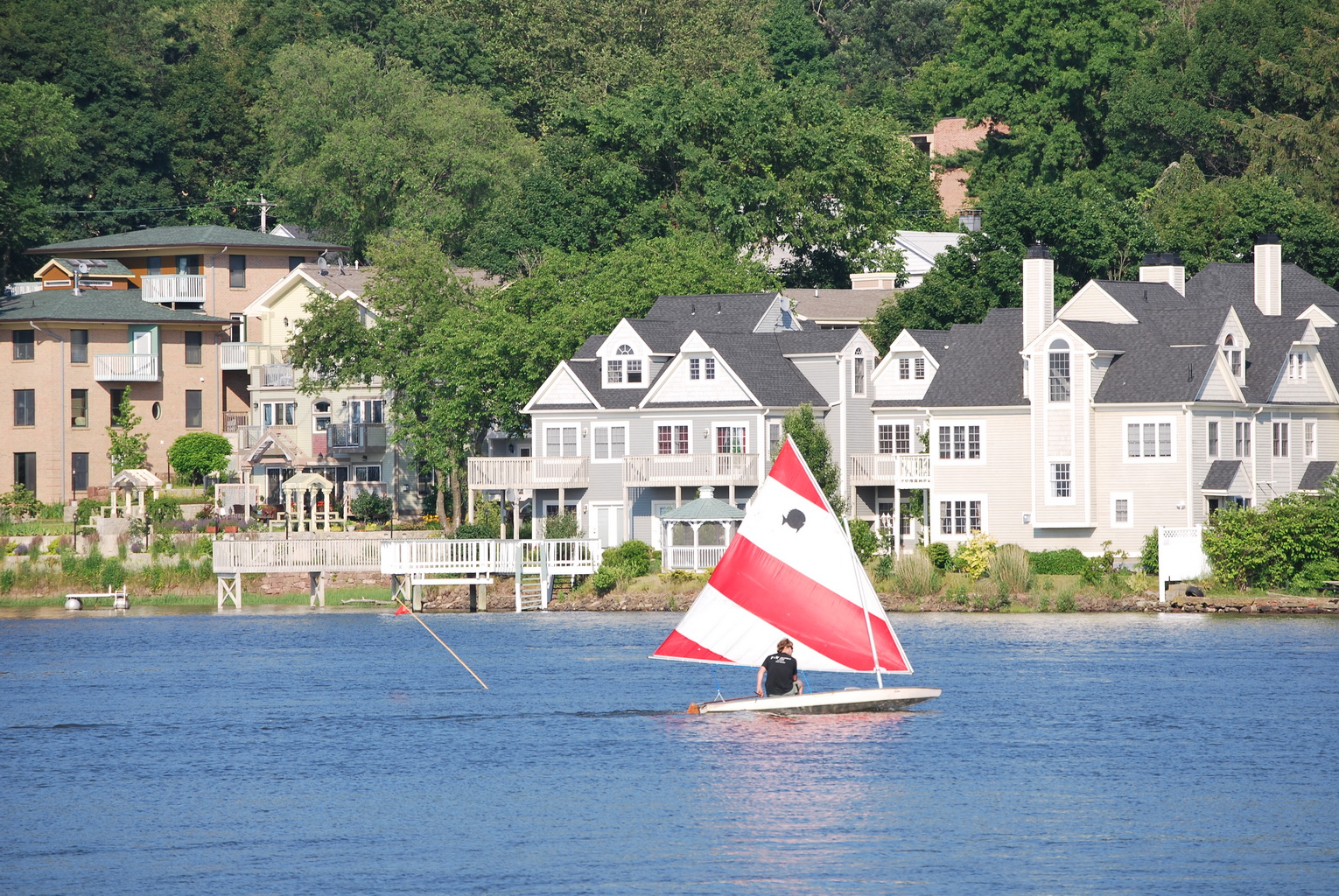History
Oyster Harbor Village
THE OYSTER HARBOR VILLAGE IS REVEALED
Come join us for the celebration where history embraces the state of arts!
The Oyster Harbor Village revival is a project in the making since 2006, located on both sides of the Quinnipiac River in New Haven, CT. The river runs through this historic village, and the water defines the heart of The Oyster Harbor Village. The artery feeding the body of the Village is the Dragon Bridge, now known as the Grand Avenue Bridge. The early settlement began by the American Indians in the early 1600’s, and, since that time, the area has remained the capital of New England’s oyster harvest.
Since 2006, the development owner’s team of Riverfront Development, LLC, and Quinnipiac Associates, LLC, have been working to revive and rebuild New Haven’s waterfront. The Development Manager of the project is Elmhurst, Inc. Fereshteh Bekhrad, AIA, AICP, the president of Elmhurst, Inc., oversees the project design, construction and management.
The Oyster Harbor Village is comprised of four separate phases on both sides of the river. Phase 1 and 2 is completed on the Quinnipiac Avenue side of the river and comprised of:


Phase I
Dragon Point Condominiums is a 15 unit townhouse complex completed at the end of 2006 and is fully occupied. The complex includes a boat launching ramp, gazebo, pier extended into the water for fishing.
Each unit has a large ground-level patio with direct waterfront access and river views in all the major rooms. There is a public walking promenade on the water that connects all phases of the development.
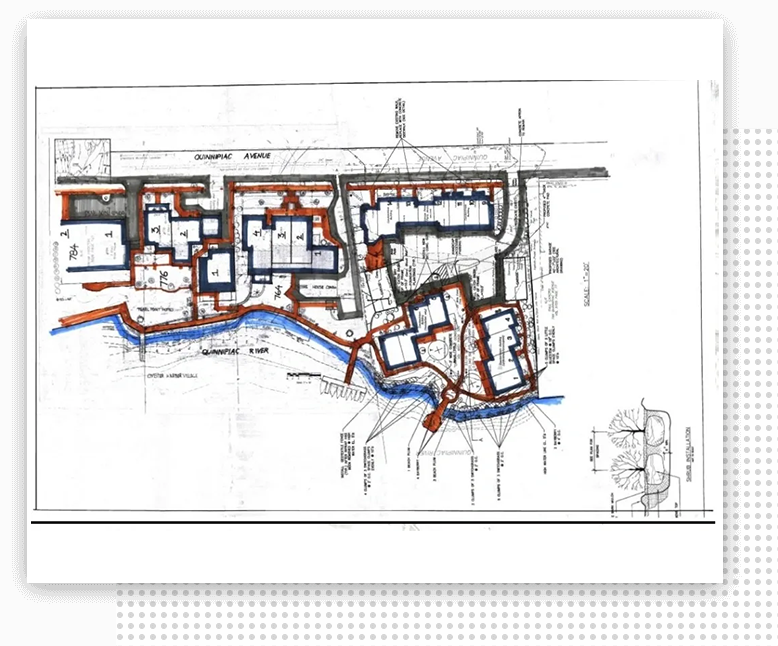
Phase II
Rowe House Condominiums, comprised of 4 unit homes, were completed in June 2009. Named after a famous oyster fisherman from the early 1700’s, this phase is the revival and expansion of the original house built-in 1770. The original architecture of the house has been maintained. The adjacent Pearl Point is a 3 unit condo-townhouse, built originally in 1835, revised, renovated, and expanded to its original architecture, which was completed in August 2009.
The open space includes several landscaped terraces, a gazebo, sitting and playing area, all connected by walkways and stairs to the public walking promenade on the water edge. The water gazebo leads to the boat pier that extends 65’ into the water and connects the residents to their private boats. A special lighting scheme throughout the complex is built to reflect against the water.
